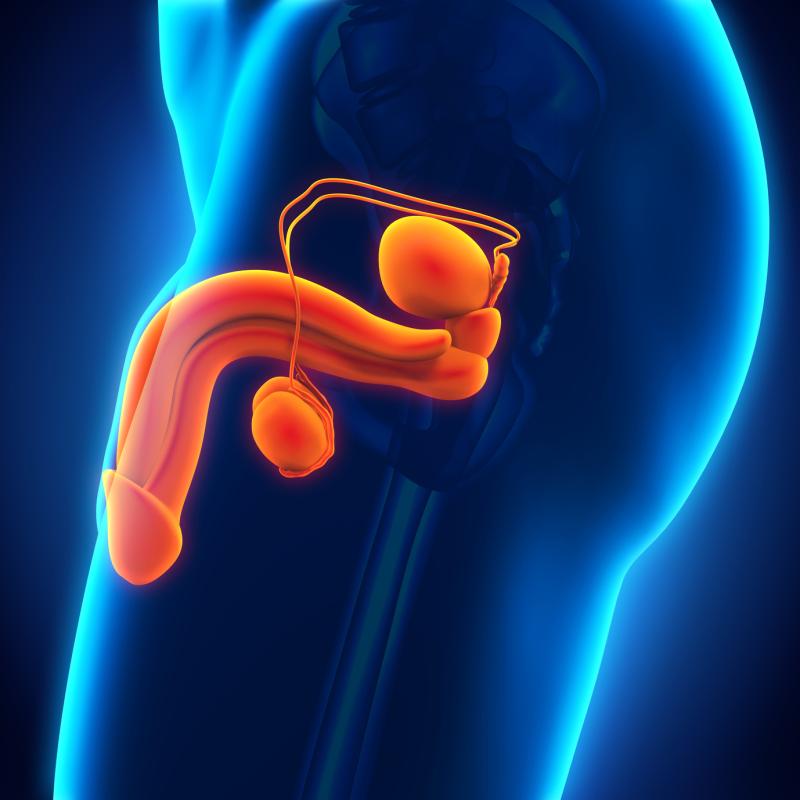Sacral Neuromodulation in Urology
It is a method used in the treatment of pelvic floor dysfunctions such as urinary incontinence and difficulty urinating. Sacral neuromodulation in urology With, sacral nerves are stimulated. Pelvic floor muscles and bladder control are regulated. A small device sends electrical impulses to the sacral nerves. Thus, it optimizes nerve communication. This improves patients' quality of life by improving urinary control.
In Which Situations Is Sacral Neuromodulation Applied in Urology?
It is used to improve bladder control in patients suffering from urinary incontinence by stimulating compressed nerves. For example, this method is preferred in cases such as frequent urination, urge incontinence and urge-dominant mixed urinary incontinence. It is effective in cases of problems with urinary tract emptying, chronic constipation and rectal dysfunction. It may have pain-reducing effects in chronic pelvic pain conditions such as pelvic pain syndrome.
It is used in patients who have problems with complete bladder emptying. Especially in cases of urinary retention sacral neuromodulation in urology available. However, it is necessary to determine whether it is suitable for these situations. For this reason, each patient must be evaluated individually. The application decision is determined by taking into account the patient's medical history and symptoms.
Advantages of Sacral Neuromodulation in Urology
 It is used effectively in the treatment of problems such as urinary incontinence, frequent urination, and urinary retention. It is less invasive than other surgical procedures. In other words, it does not require open surgery and allows the patient to return to normal life more quickly.
It is used effectively in the treatment of problems such as urinary incontinence, frequent urination, and urinary retention. It is less invasive than other surgical procedures. In other words, it does not require open surgery and allows the patient to return to normal life more quickly.
This method is reversible, meaning that the device can be removed or turned off whenever desired. It generally has minimal side effects. There may be temporary side effects such as skin irritation or mild pain at the implantation site. Treatment can be personalized using an adjustable device.
This may increase the effectiveness of treatment. It may enable the patient to respond better to their symptoms. Sacral neuromodulation in urology Its effectiveness has been demonstrated over the long term. Most patients report a significant reduction in their symptoms and an improved quality of life. However, this method also has some risks and disadvantages. Therefore, it is important to consult a specialist to ensure there is a suitable treatment option for each patient.
Things to Consider After Sacral Neuromodulation in Urology
It is important to follow the wound healing process in the area where the device is placed. Wound cleaning and dressing should be done in accordance with wound care instructions. Slight pain or discomfort after the procedure is normal. However, if there are symptoms such as extreme pain, swelling or redness, a doctor should be consulted immediately. Doctor's instructions should be followed to reduce the risk of infection of the implanted device.
If signs of infection (e.g. fever, redness, swelling, discharge) are noticed, a doctor should be consulted immediately. For the device to function properly, certain maintenance instructions must be followed. These may include things like battery replacement, device cleaning, and follow-up appointments. Heavy physical activities should be avoided to protect the area where the device is placed.
Physical activity level should be adjusted as recommended by the doctor. Urinary habits should be monitored and if a change in the effects of the device is noticed, a doctor should be consulted. Medicines or supplements taken during treatment should be used with the doctor's knowledge. A doctor should be consulted about medications that may affect the effectiveness or safety of the device.
Sacral neuromodulation in urology treatment Regular doctor follow-up is very important throughout the process. If there is any problem or concern, a doctor should be consulted. Since each patient is different, details of what to consider after treatment may vary from person to person. The doctor should be contacted about the things to consider before and after the treatment.






